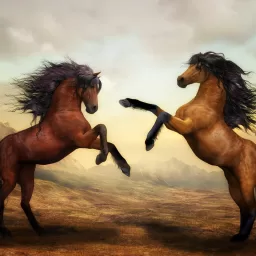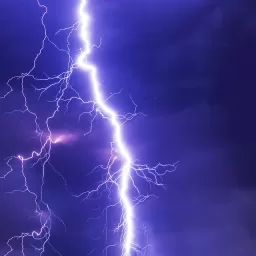Early Animations
The earliest form of 3-D animation evolved prior to the use of computers. Long before the evolution of fully digitally animated, three-dimensional movies such as Frozen, a technique known as ‘claymation’ was used for making stop motion pictures.
This involved manipulating clay, plasticine, or other substances used for making models, into shapes for every frame of film. This technique was promoted and pioneered by British animation firm Aardman Animations, in their beloved series Wallace and Gromit (1989), but the artform may in fact date all the way back to 1897, with the first surviving claymation film being The Sculptor’s Nightmare (1908).
Advancing The Technique
The animation studio Laika later advanced the traditional clay animation technique by using 3-D printing to create thousands of different facial expressions for each character.
They would change the expression of each frame in a fluid motion, making it appear as though the characters were talking and moving. Laika made several movies including Coraline and ParaNorman, but it did not hold the same acclaim as Disney, and as such, did not have the same success at the box office.
Moving To Television
Pixar was the first to use CGI 3-D animation, with Toy Story in 1995. It was a big hit, and they went on to create another 11 full-length feature animations, including Monsters Inc. among others.
In the early 2000s, cartoon shows also began to introduce 3-D animation. This included Jimmy Neutron, but there have been many others to date.
Attention To Detail
Details such as hair or fur have been a key indicator of modern advancements in animation.
One of the most advanced animations of the early 2000s was The Incredibles. It included more realistic, fluid motions and detailed models of human anatomy.
In particular, the hair of the character Violet was a key part of her personality, as it was made to be often obscuring her face. As such, the hair was made of 1000 individually rendered strands.
Pixar’s animators also captured themselves on film to get a better idea of human motion. Dubbed ‘Alpha Omega’, the team had to be divided into four, with one team developing modelling, shading and layout, another the final camera, lighting and effects. The third team, known as the ‘character team’, rigged, digitally sculpted, and shaded all of the characters, while the ‘simulation team’ developed the models for hair and clothing.
Monsters Inc. (2001) began to focus on paying special detail to Sulley’s fur, which featured 2,320,413 individual pieces. With such attention to detail, it required 3500 computer processors to create the movie.
Similarly, work on the Disney movie Tangled focused on the detailed animation of Rapunzel’s hair. Before Tangled, most animated female characters wore their hair in a bob or braid, as digitally rendering individual strands of long hair involved high levels of computer processing.
By contrast, Rapunzel’s hair is composed of 100,000 objects (strands) that bump into each other, drape over her shoulders, and slide across the ground and other characters. As such, Rapunzel is one of the most technically advanced animated characters to date.
The team were committed to producing highly realistic hair, and Rapunzel’s was made using a ‘Hair Bible’ created by Glen Keane, who had animated the hair of Ariel from The Little Mermaid, and the fur of The Beast from Beauty and The Beast.
They then went on to do a series of experiments; including dropping 70 feet of cloth from a balcony to recreate her hair falling from the tower, brushing wigs at their desks, and using a live model. They even went so far as to create helmets with 70 feet of fishing line attached and run down office hallways while wearing them.
It took a core team of 10 software engineers just to duplicate the movement of genuine long hair in a CG environment. Even the colour was a task – blonde is high maintenance as it requires multiple colours to stop it from appearing artificial. Therefore. delicate work by teams of lighters and shaders were needed to make Rapunzel’s hair appear realistic.
Ice-Cool Creations
Disney’s next big box office hit was Frozen, and while it lacked the attention to detail in hair and facial features that Tangled had, the advanced technology meant that the studio was able to create a highly detailed world – capturing the appearance and luminescence of snow and ice.
Frozen was a box office hit, and its sequel, Frozen II, has become the highest-grossing animated movie to date.
Who knows what advancements in animation are coming next? And will Disney and Pixar continue to dominate the 3-D scene?
We look forward to finding out!




